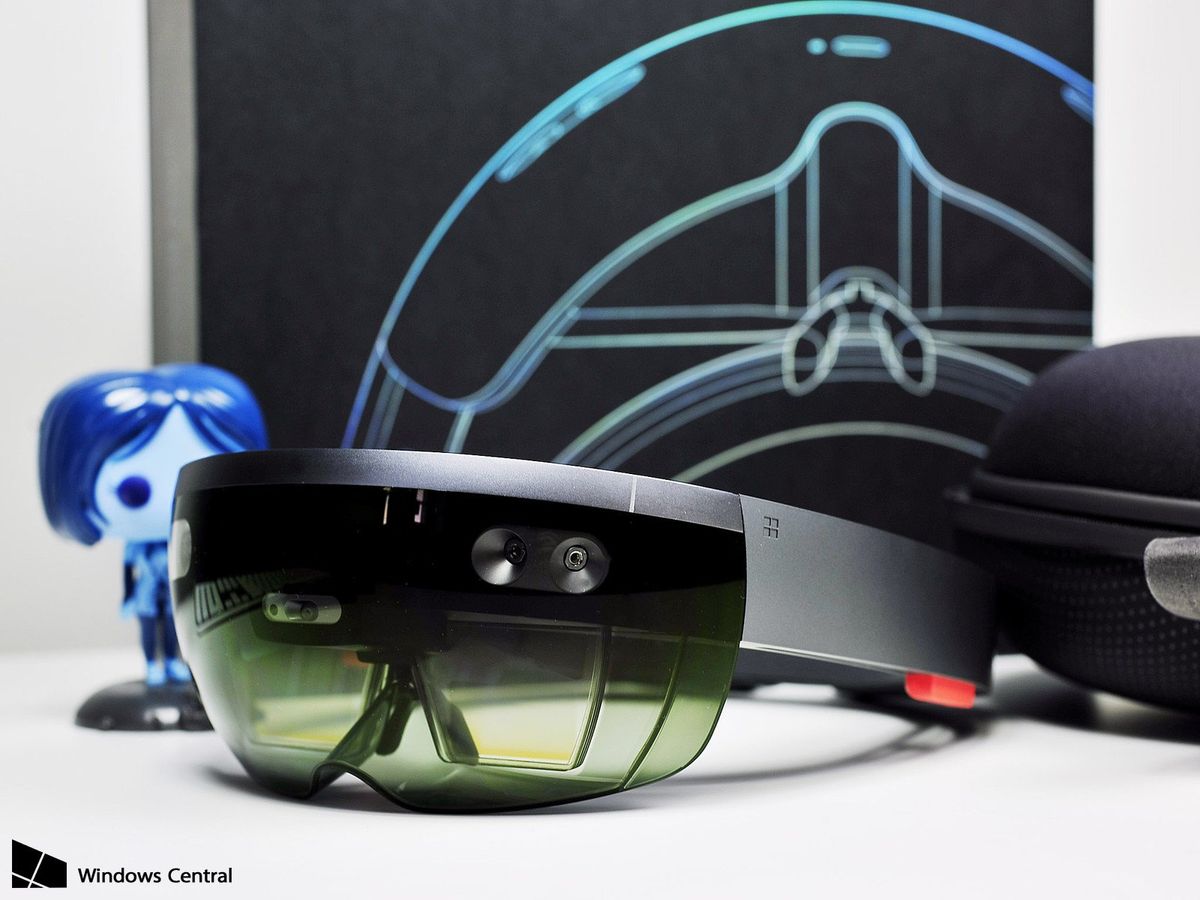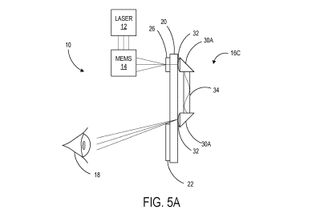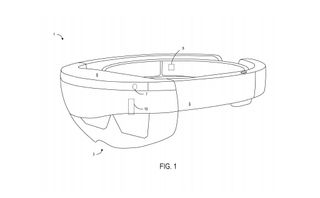Eye tracking could be in the cards for HoloLens 2
HoloLens 2 could allow you to gaze and blink your way through AR interactions.

We already know of some confirmed and rumored upgrades due to debut with the next iteration of the Microsoft HoloLens, including a dedicated Holographic Processing Unit and, potentially, a move to an ARM processor, but a newly published patent could be our window into a much more impactful addition: eye tracking. The patent, filed by Microsoft in 2017 and published today, describes an eye tracking setups that seeks to solve the downsides presented by typical eye tracking systems while giving users a way to interact with augmented reality (AR) content.
Integrated eye tracking would give a HoloLens 2, or any other head-mounted display (HMD), a whole new input method for interacting with content on the display. The HMD could track a user's gaze to adjust the way content is displayed, while also allowing users to input commands using only their eyes.
The only downside? Typical eye tracking systems can add weight, eat up processing power, and interfere with a user's field of view. All three of these problems are what Microsoft set out to solve with its patented system. From the patent summary:
To address the issues discussed above, an eye-tracking system is provided that includes a light source configured to emit at least infrared (IR) light and a micro-electromechanical system (MEMS) scanning mirror configured to direct the IR light. The system may further include a relay including at least one prism, and the relay is configured to receive the IR light directed by the MEMS scanning mirror and redirect the IR light. The system may further include at least one sensor configured to receive the IR light after being reflected by the eye.

The current HoloLens headset leans on a combination of hand gestures to support user interaction. Adopting an eye tracking system would allow Microsoft to either drop hand gestures completely or use them in combination with gaze interactions. Further, it could make HoloLens and other HMDs more accessible for those with disabilities who may have a hard time using the current gesture controls.
Eye tracking isn't completely new to Microsoft. The company added native support for eye-tracking devices, like those from Tobii, in Windows 10 last year as an accessibility upgrade, allowing people with disabilities to control their desktop without using a keyboard or mouse.

As with all patents, it's worth noting that this tech may never make its way into a shipping product in this form at all. Microsoft patents things all of the time that either never leave the lab or end up acting as a base for further iterations. Still, we're days away now from Microsoft's MWC 2019 event, where it's expected to launch the HoloLens 2,, so we'll know for sure what Microsoft may be planning before too long.
Thanks to Steven for the tip!
Get the Windows Central Newsletter
All the latest news, reviews, and guides for Windows and Xbox diehards.
Dan Thorp-Lancaster is the former Editor-in-Chief of Windows Central. He began working with Windows Central, Android Central, and iMore as a news writer in 2014 and is obsessed with tech of all sorts. You can follow Dan on Twitter @DthorpL and Instagram @heyitsdtl.
